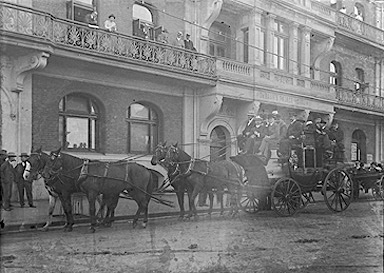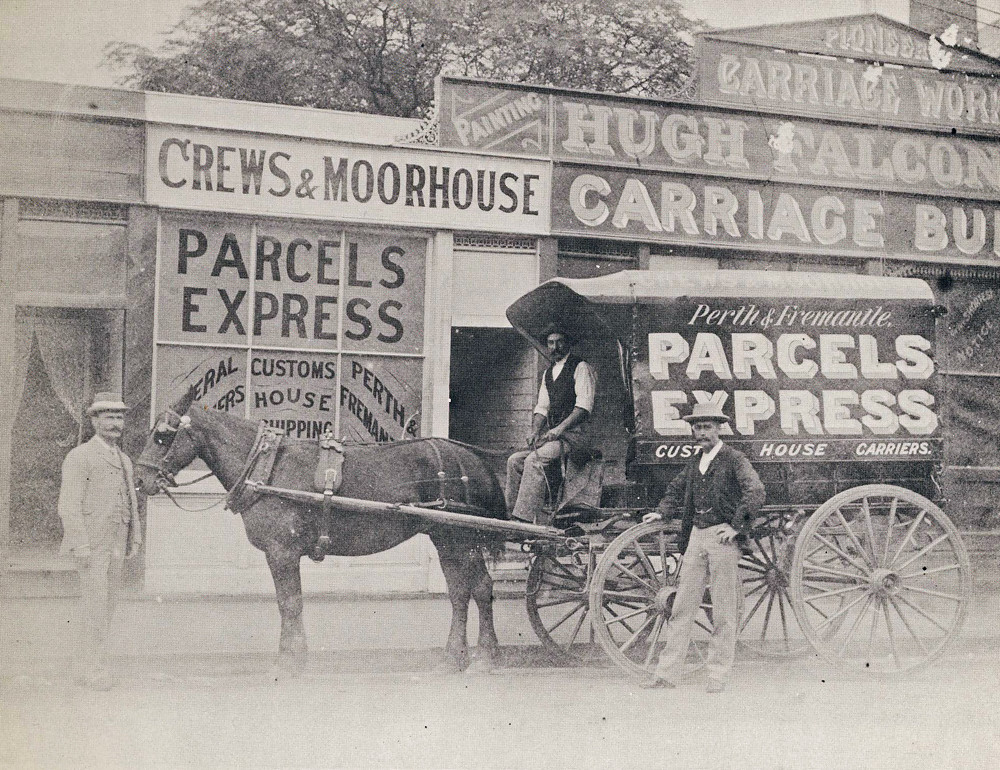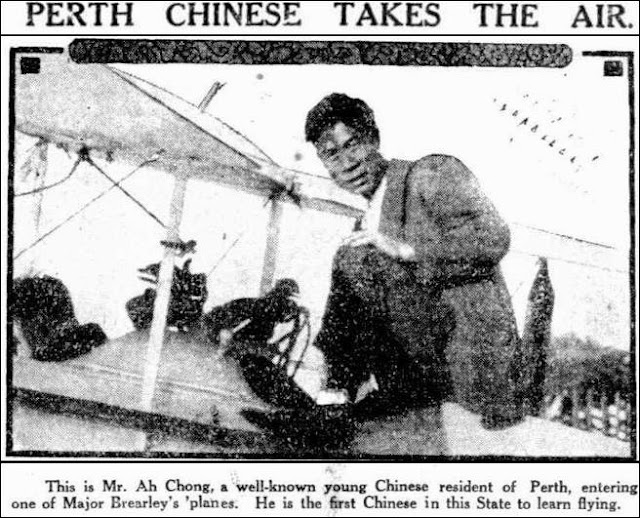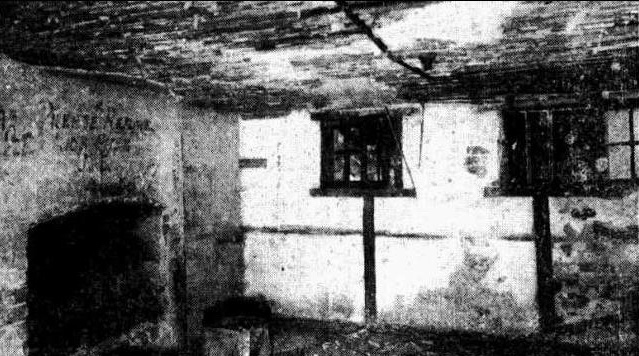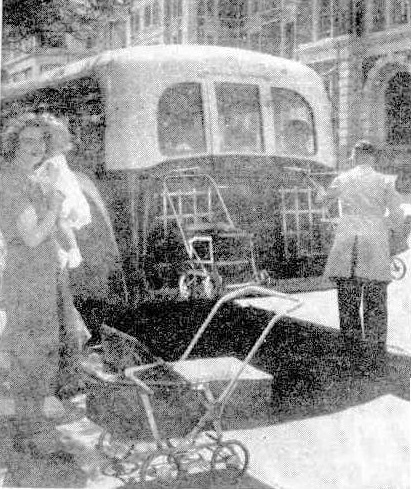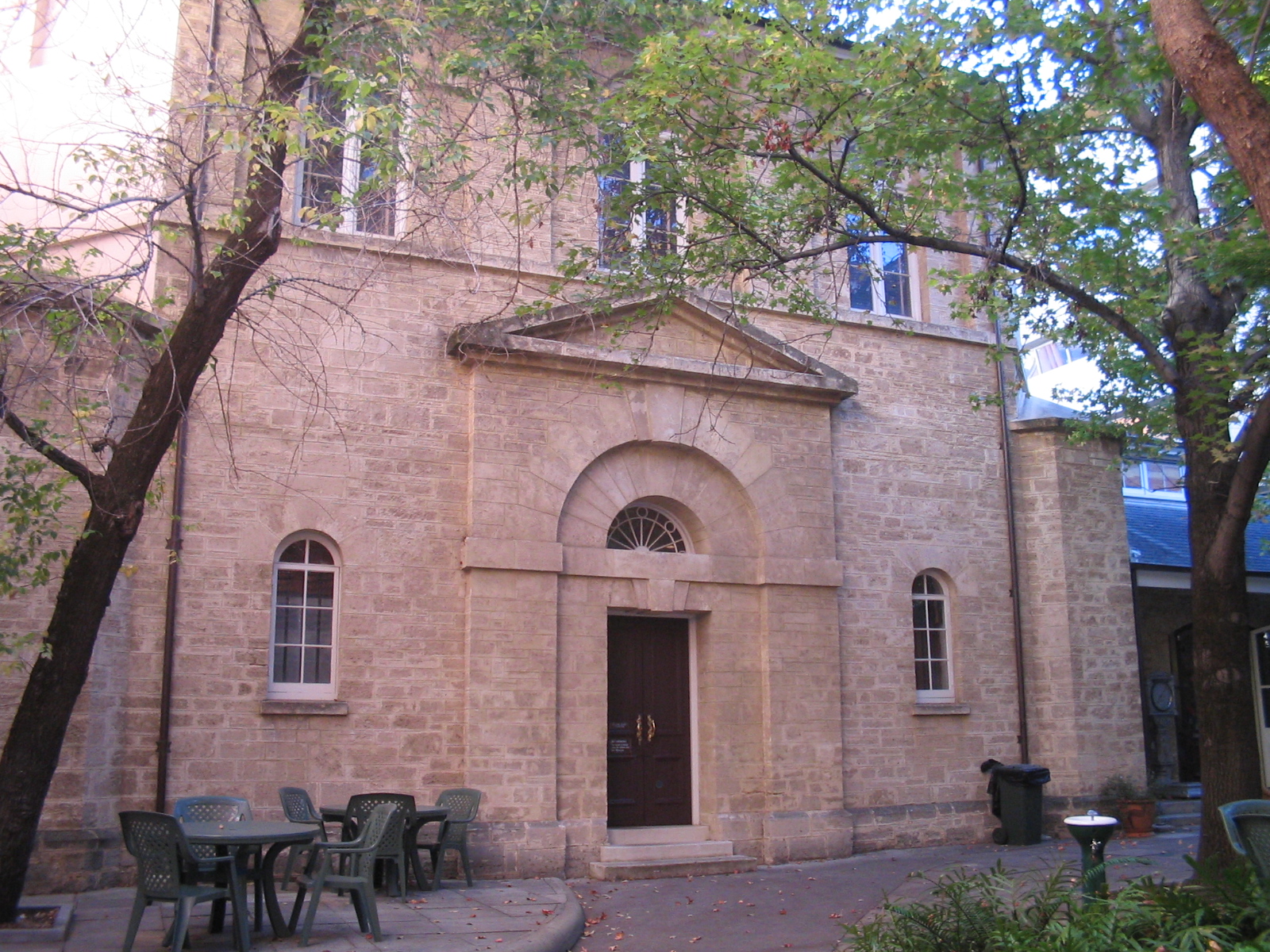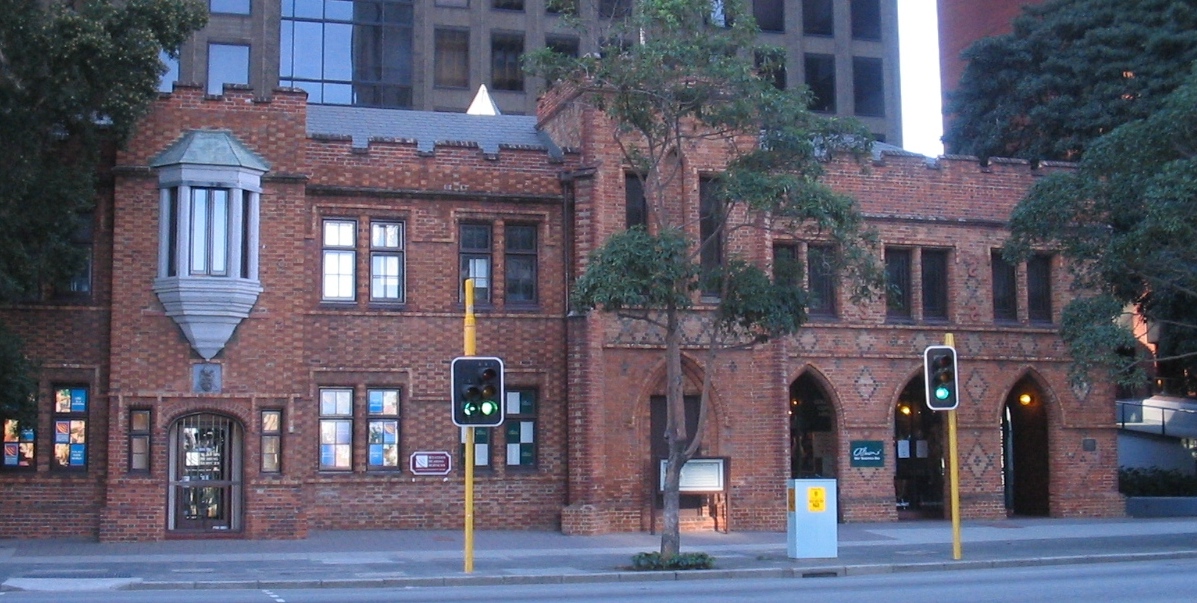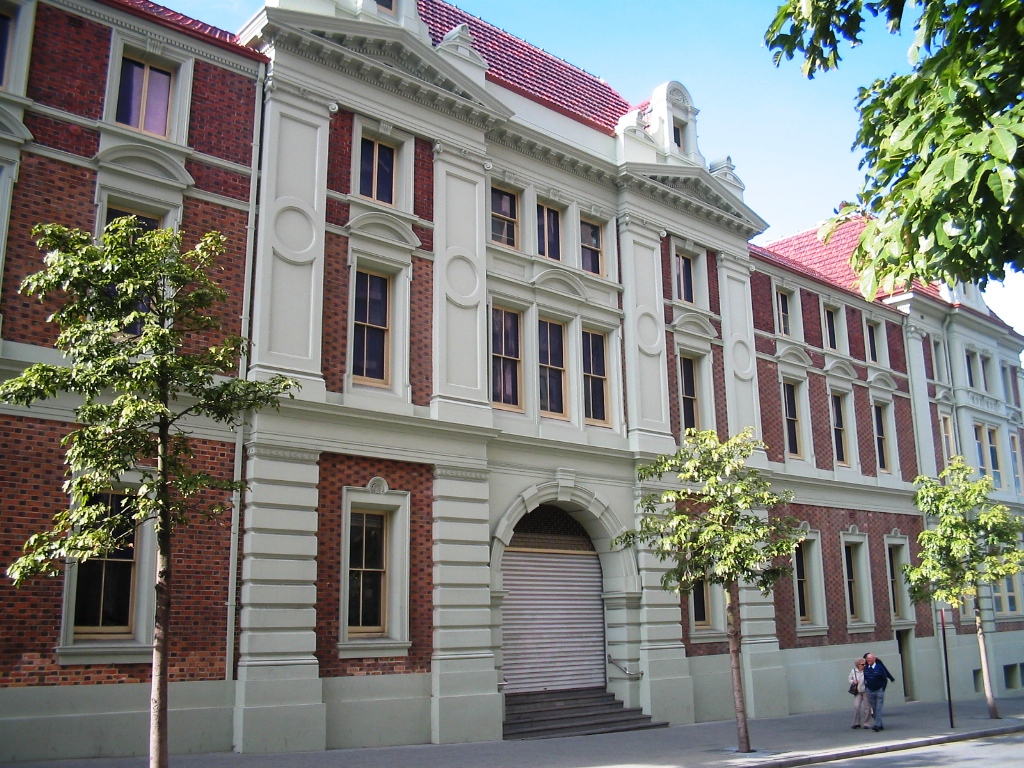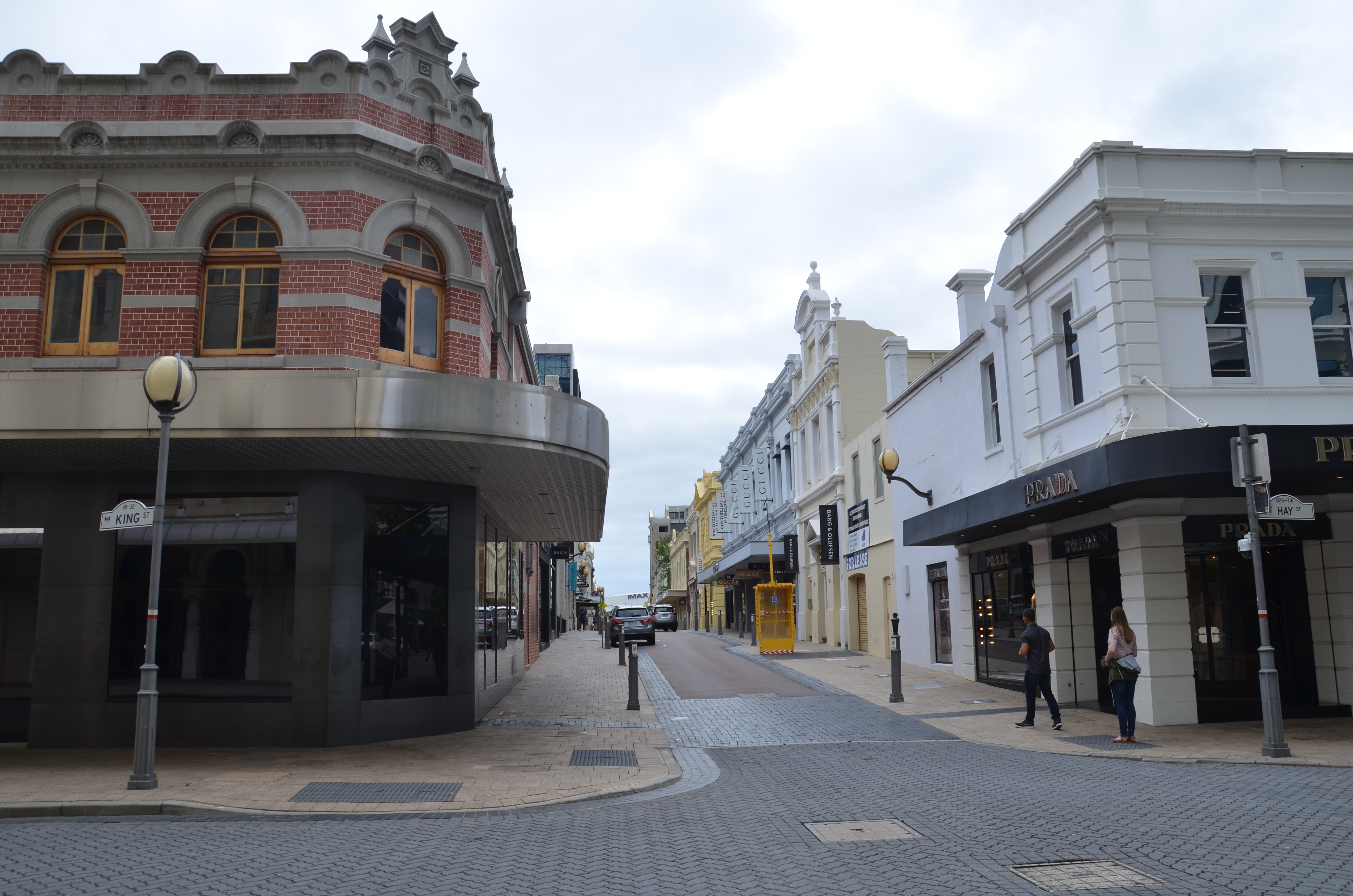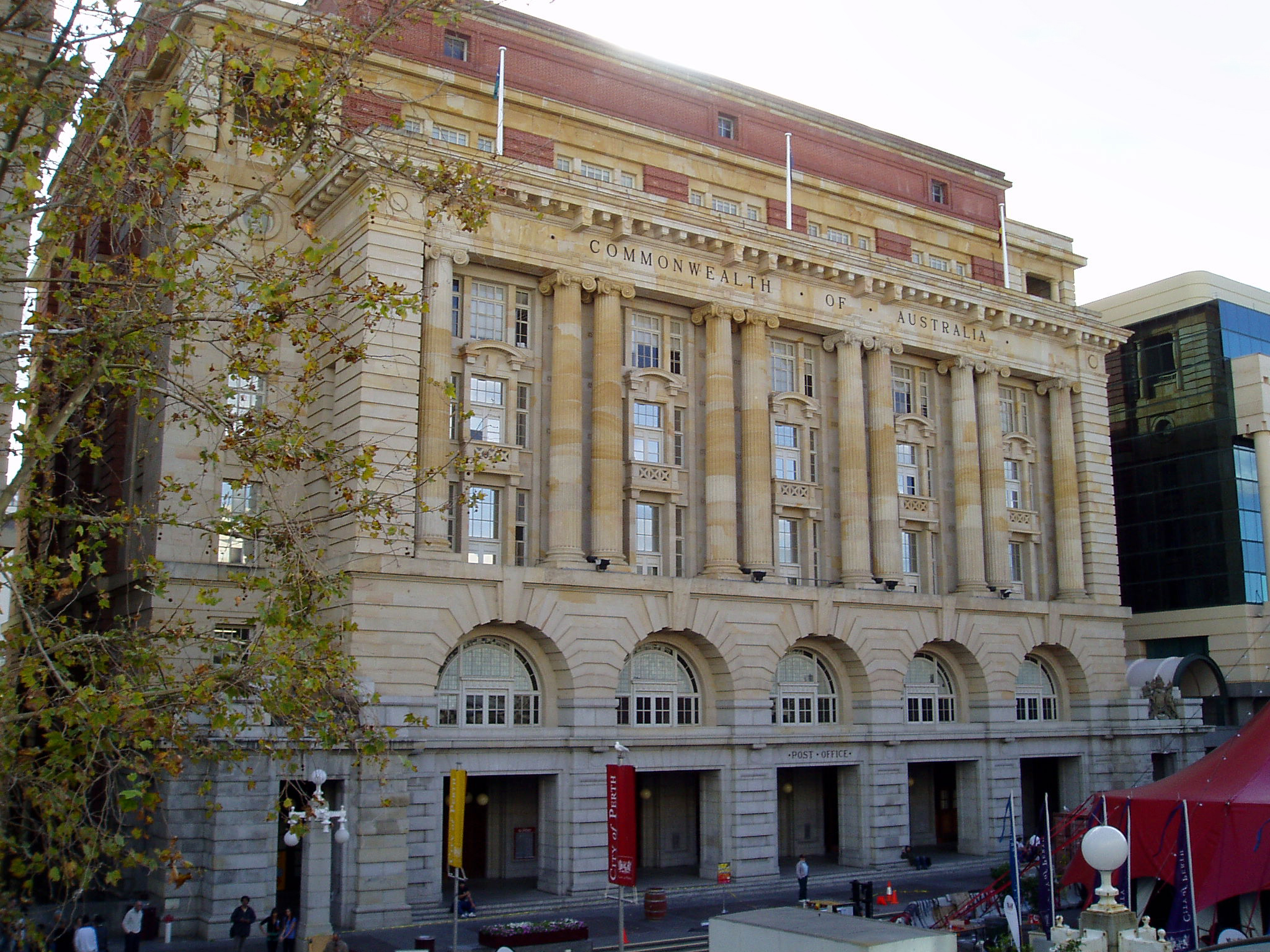Wolfram Camp, which is named after Wolframite, the ore of the metal tungsten, is located 90 kilometres (56 miles) west of Cairns, in the old Hodgkinson goldfield, within the Shire of Mareeba, Queensland.
Located at an altitude of approximately 538 metres, Wolfram Camp can be accessed via the Kennedy Highway to Dimbulah and then by the partly-sealed (7 km) Wolfram Camp Road.
Djankun and Kuku Djungan People
Before European settlement, the Djankun and Kuku Djungan people lived a hunter/gatherer lifestyle in the Mareeba region, which was severely disrupted during the colonial period.
Djankun and Kuku Djungan People
Before European settlement, the Djankun and Kuku Djungan people lived a hunter/gatherer lifestyle in the Mareeba region, which was severely disrupted during the colonial period.
The Kuku Yalanji, also known as “rainforest people”, according to Tindale & Birdsell, shared cultural characteristics with other tribes of the region (including the Djankun): a patrilineal moiety system, or a 4-class system, partial mummification of the dead, carrying the skull and jaw bones of the dead for long periods before disposal by burning, food cannibalism, large decorated fighting shields, the wearing of beaten bark blankets, fig-tree baskets sewn with lawyer cane, specialised food collection and preparation, such as leaching alkaloids from toxic nuts. (Tindale & Birdsell, 1941).
A ration station for Aboriginal people was later set up at Thornborough, not far from Wolfram Camp. Then, in 1888, a meeting of all eight northern members of parliament was held in the Legislative Committee rooms in Brisbane to discuss, "the possibility of ameliorating the condition of Aboriginal people in North Queensland". There were also calls for the greater protection of Aboriginal people and the abolition of the Native Police in the region.
_(14782119735).jpg) |
| Aboriginal man, Scanned image from 1889 book |
 |
| Decorated, fighting shields and one-handed swords are distinctive features of the material culture of the Aboriginal Rainforest people |
1890s
Wolfram Camp, which is set in the gaps between steep hills, became a hive of activity back in the 1890s when many hopeful miners rushed to the remote location with the hope of finding the valuable ores and making their fortune.
There are various claims about who was the first person to realise that rich deposits of wolfram could be found on the Hodgkinson goldfield. However, one of the first people to notice the potential of Wolfram Camp was Willie Joss, who was droving cattle when he noticed the black mineral.
John James was directed to the Wolfram Camp location a few years later by a Mr Byrnes, the brother of one time Queensland Premier, Thomas Joseph Byrnes. James established a field named James' Hill. The Byrnes brothers supposedly owned a property on land below Wolfram Camp, named Boonboora. Byrnes Street in Mareeba is said to be named after these men.
 |
| Originally Fletcher's Hotel, run by Edward Fletcher and his wife Mehomey (Walters) Fletcher, Wolfram Camp, QLD |
 |
| Bridget Agnes and James Tully, circa 1880. The Tullys owned the Tully Mine at Wolfram Camp. State Library of Queensland |
The Glory Days
During the 1890s, waggons, drays, buggies, packhorses and people pushing wheelbarrows filled with their tools and meagre possessions, made their way to Wolfram Camp to try their luck.
During the 1890s, waggons, drays, buggies, packhorses and people pushing wheelbarrows filled with their tools and meagre possessions, made their way to Wolfram Camp to try their luck.
 |
| Miner pushing his barrow |
John James' store at the Top Camp was made from bark and has disappeared. More solid buildings were erected at the Bottom Camp. Along the steep road connecting both camps, you would have found the Catholic Church, which was later dismantled and moved to Dimbulah ( and then to Chillagoe in the late 1990s).
"The little township, thrown haphazardly into the gaps between steep hills...."
"Billy Johnson, at the Junction Hotel, Dimbulah, bad a line of coaches running out to the Carnp.- Bill Wall used to drive for him. Alf Burnell was another of his drivers. 'Later Mick Carr brought up from Charleville one of the big Cobb and Co. coaches built to carry eight passengers, but could and did at times carry twenty five. Halfway along the road was, Tom Parrott's Halfway Hotel."
"In the heyday of wolfram production, when the traffic crossed the Walsh from Dimbulah siding, Wolfram Camp's transport point, in an almost unending stream, money passed from hand to hand in careless fashion. Twenty three waggons and buckboards, drays and buggies, 200 pack horses and mules, went ceaselessly over the 14 miles of sand and stones that separated the mines from the railway."
"PATHWAYS OF YESTERDAY." Cairns Post (Qld. : 1909 - 1954) 26 April 1939
Some early miners at Wolfram Camp were, John Tate, John M. Nichols and Alf Baker, who opened the Forget Me Not claim at the Top Camp, which was to produce record amounts of Wolfram, molybdenite and bismuth. One claim, originally owned by W. H. Nicholls, was taken over by Paddy Wall and Paddy Larkins. When Phil McGuire, who owned a claim on the main hill later passed away at the Mareeba Hospital, he had a ward named after him, as he left money to the institution.
Stores and Hotels
In 1900, about 100 adults lived at Wolfram Camp and there were three stores, one hotel, one butcher shop and a bakery. Later in 1920, various buildings were damaged during a storm. The damaged buildings included the Union Hall, Mullivey's Hotel, Murray's Tailor Shop, Blackeny's two-story hotel and Comerford's Store.
The first teacher of the Wolfram State School was Billy Alexander and later, Mr McCahon was the headteacher. Mrs Wright's dining room was the place to socialise. In 1900, W. E. Keating applied for a victualler's license for premises at Wolfram Camp, to be named the Exchange Hotel. Though, earlier, Mrs Anna Chesterman had operated a hotel here.
Miners, B. Fletcher and W. Walters at Wolfram Camp operated an aerial tramway from their claim to the pack track, a stretch of between 200 and 300 yards, which was a labour-saving device, sparing the pack horses.
(Mail Coaches to Kingsborough and Wolfram Camp). Oct. 11, 1909. £1.3.O to Government Election Committee - horse hire and 2 meals.
Australia's Wolfram Queen
Mrs May Brown, inherited her Crest of the Wave, wolfram mine, from her husband, James Burns. Along with her second husband, Charles Brown, Mrs Brown was engaged in mining operations. She worked with Chinese miners and with the cleaning and dressing of ores and even mending pumps and machinery.
Mrs Brown was regarded at one time as the "best-dressed woman in Darwin" and she did not miss attending the Melbourne Cup for a period of 28 years. Mrs Brown was also described as "flamboyant" and the "thrice-married May Brown, Australia's Wolfram Queen". However, when blackwater fever broke out at Wolfram, Mrs Brown nursed many of the miners of Wolfram Camp back to health. After her husband died, May Brown began operating a hotel.
"OUT in the centre and the north, I found that the names of many women are written in the local histories of gold and opal and lead and even wolfram. For eighteen years Mrs. May Brown, of the Crest of the Wave wolfram mine, 45 miles from Pine Creek, worked that mine alone with 95 Chinese, and no other white woman within the 45 miles.
Wolfram brought a fortune during the Great War, and Mrs. Brown was always below with the Chinese coolies, attending to the cleaning and dressing of ores, and even mending pumps and machinery, of which they had no knowledge. She made several trips to Europe, was "the best-dressed woman in Darwin," and never missed the Melbourne Cup in 28 years."
Wolfram brought a fortune during the Great War, and Mrs. Brown was always below with the Chinese coolies, attending to the cleaning and dressing of ores, and even mending pumps and machinery, of which they had no knowledge. She made several trips to Europe, was "the best-dressed woman in Darwin," and never missed the Melbourne Cup in 28 years."
Northern Miner (Charters Towers, Qld. : 1874 - 1954), Saturday 30 September 1905
 |
| Morning Post (Cairns, Qld. : 1897 - 1907), Saturday 28 September 1907 |
"The ball in aid of the Wolfram Camp Roman Catholic Church, given by the pupils of Mrs. Raper's dancing class, was a great success."
 |
| Miners Home Hotel at Wolfram, circa 1910 |
Mareeba. (1911, May 17). The Evening Telegraph (Charters Towers, Qld.
 |
| Wolfram Camp, North QLD, Queenslander (Brisbane, Qld. : 1866 - 1939), Saturday 24 December 1921 |
 |
| The township of Wolfram Camp, between two hills, QLD. "The little township, thrown haphazardly into the gaps between steep hills...." |
"In the heyday of wolfram production, when the traffic crossed the Walsh from Dimbulah siding, Wolfram Camp's transport point, in an almost unending stream, money passed from hand to hand in careless fashion. Twenty three waggons and buckboards, drays and buggies, 200 pack horses and mules, went ceaselessly over the 14 miles of sand and stones that separated the mines from the railway."
"PATHWAYS OF YESTERDAY." Cairns Post (Qld. : 1909 - 1954) 26 April 1939
 |
| Works site of the Societe francaise des metaux rares, Wolfram, 1912, State Library of Queensland |
 |
| Walter Bird's horse team pulling a boiler in the Wolfram district, QLD. State Library of QLD |
 |
| The Wolfram AWU Hall, Daily Standard (Brisbane, Qld. : 1912 - 1936), Saturday 19 June 1915 |
 |
| Arrival of the boiler at Wolfram Camp, QLD. Northern Herald (Cairns, Qld. : 1913 - 1939), Friday 7 December 1917 |
 |
| Aerial ropeway off-loading station and processing works, Wolfram, Dimbulah district, QLD. 1919, P.D. |
 |
| Ropeway off-loading station at Wolfram, QLD, Dimbulah District |
 |
| Main dam, Wolfram, Dimbulah district. State Library of Queensland, 1919 |
 |
| The Gilmore Family outside a miner's house at Wolfram Camp in 1919. State Library of Queensland |
 |
| Wolfram Mine and camp site, QLD, circa 1920. P.D. |
 |
| Cairns Post (Qld. : 1909 - 1954), Saturday 9 October 1937 |
 |
Cairns Post (Qld. : 1909 - 1954) Wed 26 Apr 1939 Page 11 PATHWAYS OF YESTERDAY. |
1950s
There remains little of the vibrant Wolfram Camp today, other than a cemetery and the foundations of some buildings.
Around Wolfram Camp
 |
| Ruins at Wolfram Camp, QLD |
 |
| Historical marker at Wolfram Camp, QLD |
 |
| Grave of Louis Ericson, at Wolfram Camp Cemetery, QLD |
 |
| A plaque at Wolfram Camp, QLD |
.jpg) |
| Ruins Thermo Electric Ore Reduction Corporation Mill (2003) |
 |
| Retaining walls, Wolfram Camp, QLD |
 |
| Historical marker at Wolfram Camp, QLD |
 |
| Historical Marker at Wolfram Camp, QLD |
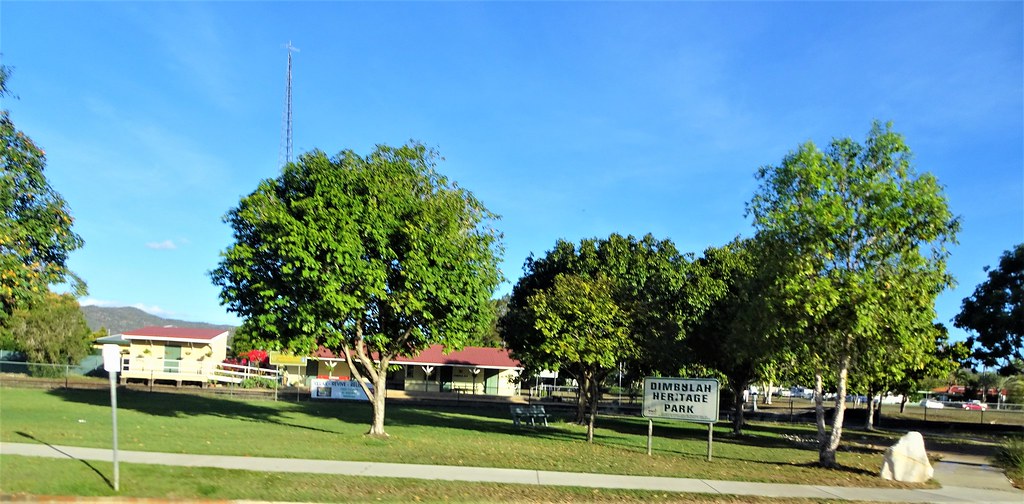 |
| Dimbulah Museum/Heritage Park. 10 Raleigh St, Dimbulah QLD 4872 Denisbin |
 |
| Wolfram Camp Cemetery, Nt QLD |
Buried at Wolfram Cemetery
Far North Queensland, Australia, Pioneers & Settlers Registers, 1825 -1920 Ancestry.com
| Name: | Laurence James Comerford |
|---|---|
| Birth Date: | 27 Jan 1887 |
| Birth Place: | Ravenswood |
| Marriage Date: | 15 Nov 1911 |
| Marriage Place: | Cairns, Queensland, Australia |
| Death Date: | 21 Aug 1922 |
| Death Place: | Wolfram, Queensland, Australia |
Name: | Catherine French Stevens |
|---|---|
| Maiden Name: | Tudehope |
| Birth Date: | 19 Oct 1907 |
| Birth Place: | Queensland, Australia |
| Death Date: | 2002 |
| Cemetery: | Wolfram Cemetery |
| Burial or Cremation Place: | Wolfram, Mareeba Shire, Queensland, Australia |









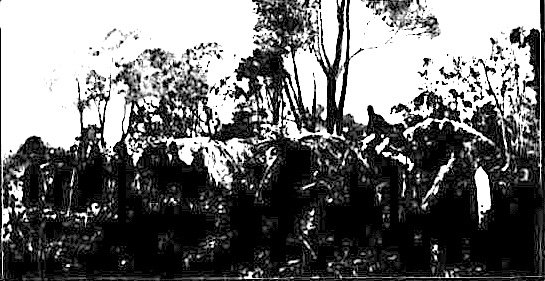







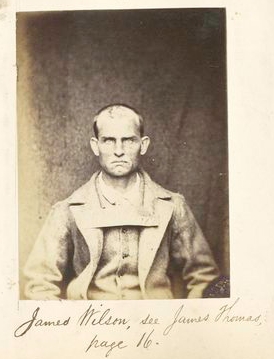






_p137_THE_GOVERNMENT_HOUSE_IN_PERTH%2C_WESTERN_AUSTRALIA.jpg)










